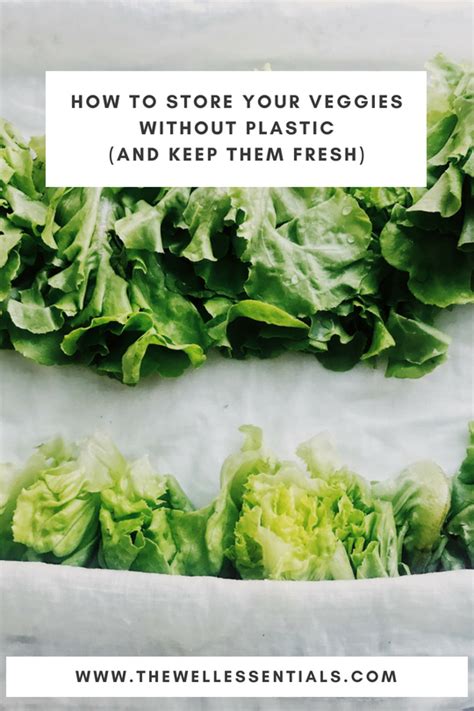Say Goodbye to Damaged Clings: Effective Storage Solutions
Tired of wrestling with tangled, torn, and generally unusable cling wrap, plastic wrap, or parchment paper? We've all been there. That frustrating moment when you need a clean sheet and end up with a sticky mess. This isn't just inconvenient; it's wasteful. But fear not, fellow cooks and bakers! This guide explores effective storage solutions to keep your cling wrap, plastic wrap, and parchment paper pristine and ready for use, every time.
Why Proper Storage Matters
Before diving into solutions, let's address the why. Improper storage leads to:
- Tangled and Torn Sheets: The biggest culprit! A jumbled mess makes dispensing difficult and often results in wasted material.
- Dried-Out or Sticky Rolls: Exposure to air and moisture can cause cling wrap and plastic wrap to become sticky or brittle, rendering them unusable.
- Contamination: Open rolls are vulnerable to dust, debris, and even pests, compromising food safety.
- Wasted Product: Damaged rolls mean you throw away perfectly good material, costing you money and contributing to waste.
What's the Best Way to Store Cling Wrap?
This seemingly simple question has surprisingly nuanced answers. The best method depends on your kitchen layout and personal preferences.
Dedicated Dispenser Boxes:
These are purpose-built boxes designed specifically for cling wrap and often incorporate a cutter for easy dispensing. They keep the roll neatly contained and protected from the elements, resulting in less tangling and tearing.
Drawer Organization:
If you prefer to keep things compact, dedicated drawer organizers can create a designated space for your cling wrap and other similar rolls. Simply place the rolls within the compartments, keeping them separate and preventing tangling with other items.
Repurposed Containers:
Get creative! Clean, airtight containers, like repurposed spice jars or small storage boxes, work wonders. Just ensure the container is large enough to hold the roll comfortably.
How Should I Store Plastic Wrap?
Plastic wrap shares similar storage challenges with cling wrap. The key is to maintain a clean, dry, and controlled environment.
The Same Methods Apply:
The dispenser boxes, drawer organizers, and repurposed containers mentioned for cling wrap work equally well for plastic wrap. The goal remains the same: to protect the roll from damage, contamination, and unnecessary exposure to air.
Consider the Material:
Some plastic wrap rolls are sold with cardboard cores. If the core is sturdy, consider leaving it intact and simply storing the roll upright in a suitable container to help maintain its shape and prevent damage.
Storing Parchment Paper: Keeping it Smooth and Ready
Parchment paper, with its higher resistance to heat, requires slightly different storage techniques.
Avoid Moisture:
The main enemy of parchment paper is moisture. Keep it in a dry, cool area away from sinks and other potential sources of humidity.
Flat Storage:
Unlike cling wrap and plastic wrap, parchment paper benefits from flat storage. Rolling it loosely and storing it flat within a drawer or in a large, shallow container prevents creases and wrinkles.
Large Paper Storage Containers:
Specifically designed for large sheets of paper, these containers offer excellent protection against moisture and bending, ensuring your parchment paper stays crisp and clean.
Frequently Asked Questions (FAQ)
Can I store cling wrap in the refrigerator?
While it might seem logical to store cling wrap in the refrigerator to prevent stickiness, it’s not necessary and can actually be detrimental. The cold temperature can make the plastic more brittle and prone to cracking. Room temperature is ideal.
How long does cling wrap, plastic wrap, and parchment paper last?
The shelf life depends on the product and storage conditions. Ideally, check the manufacturer's instructions for specific details. Proper storage can significantly extend their lifespan, though visibly damaged or unusually sticky rolls should be discarded.
What are some other ways to reduce waste from cling wrap and plastic wrap?
Consider using reusable food wraps (beeswax wraps, silicone wraps) as alternatives for certain applications. Planning meals and using appropriate portion sizes can also minimize waste.
By following these simple storage strategies, you can say goodbye to damaged clings and hello to perfectly preserved, ready-to-use wraps and paper for all your culinary needs. Remember, a small investment in proper storage can save you time, money, and frustration in the long run.

